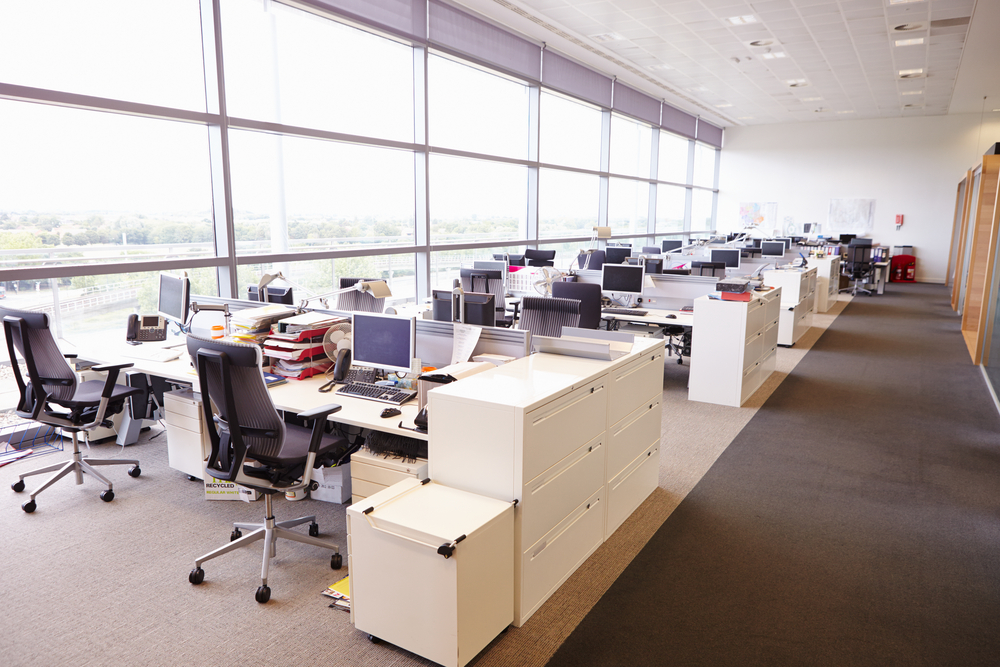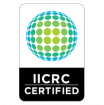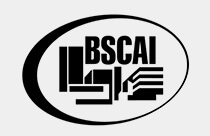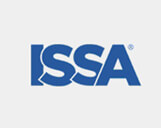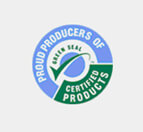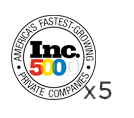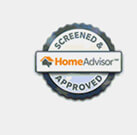The phrase “use it or lose it” can rightly be applied to your building or commercial property as to many other areas of life. As COVID19 took its toll, many corporations opted to have their people work remotely for the foreseeable future, closing down their facilities and offices or operating them at far less capacity than before. Even if tenant occupancy is non-existent or up and down, the pandemic is not an excuse to slack off on doing routine maintenance. During this time, it’s crucial to make sure all of your operating procedures, emergency systems, and technology, are up to date to ensure compliance and a safe reopening or work environment.
What follows are some practical guidelines and tips to help you manage your building or commercial property during COVID19.
Operating Procedures
Whether your building is completely empty or occupied by far less people, you don’t need to use as much energy as usual. Make sure your HVAC controls, hot water, electricity usage, timers, and other set points and control sequences appropriately match the reduced occupancy. Failing to do so can incur unnecessary costs during a time that’s already economically lean enough without a high gas or electric bill.
Emergency Systems
During a time when fewer people are out and about and there is a lot of economic uncertainty in the world, your vacant or less frequently occupied commercial property might be a prime target for vandals, looters, or theft. It’s more important now than ever before to evaluate your security or surveillance systems as well as your emergency systems so you’re prepared in case a crisis arises. If you’re interested in learning about our comprehensive security and concierge services, click here to learn more.
Preventing Mold and Stagnant Water
Don’t let things get stagnant. When your property is vacant for a long period of time or it’s in use less frequently, there is a risk of growing careless about checking for signs of mold and water damage. During the winter months especially, it’s important to routinely check for leaks, mold, and water seeping into the building from the outside.
Some common signs of water damage to your property include water stains on the floor around the toilets or sinks, as well as stains on ceilings and walls. Less common things to look for include cracks in the drywall or areas that appear swollen and are soft to the touch. If you see paint peeling off the walls, that might mean there is loose water within your wall spaces.
Check your water heater for rust on the tank or damp spots on the floor. A rusted tank could mean there is a slow leak. Corrosion around pipe connections could be caused by water seepage. Also, look for signs of mold on the walls. Aside from the visible signs, mold tends to produce a musty smell.
Use this handy checklist to protect your commercial property from water damage.
Keep Up to Date with Technology
Now, when there are less people in your building every day, is the time to do an assessment of how up to date you are technologically and make changes if necessary. Make sure you’re using the most up to date technology to ensure maximum efficiency and cost effectiveness in your management and maintenance procedures. Look into automating processes so you can do more things remotely. Utilize apps, gadgets, and smart technology to help you and your team better communicate, project manage, access reports, uncover inefficiencies, and track vulnerabilities, repairs, and other items on your to-do list as well as budgetary spending.
Explore Alternative or Heavy-Duty Cleaning Solutions
Many companies are currently focused on increasing staffing and upgrading their arsenal of cleaning products and solutions to clean high-touch surfaces like elevator buttons, phone receivers, and door knobs. 7 Tips for Keeping Your Office Safe During COVID-19
One thing companies are currently exploring is the benefits of electrostatic spray technology. While electrostatic spray technology is not new, and in fact has been used successfully for over 60 years in the agriculture, automotive, and tanning industries, its use in surface disinfection is recent.
Electrostatic spray is generated by using electrostatic technology to provide ordinary disinfectant or cleaning agents with a positive electrical charge. This electrostatically charged mist is created through a process which infuses air atomized by an electrode into a disinfectant. As the cleaning agent exits the sprayer, it’s given a positive electrical charge, which causes the droplets of spray to repel one another and become attracted in a magnetic fashion to all surfaces in the surrounding environment. The electrostatically charged disinfectant or cleaning solution then sticks to every surface area, wrapping itself around any object at which it’s aimed, evenly coating all sides. This results in a more uniform and complete cleaning. Electrostatic technology also helps avoid liquid pooling, a problem often associated with conventional trigger sprayers. Electrostatic spray is safe for use anywhere where you currently disinfect, including desktop computers, floors, walls, equipment, offices, restrooms, equipment rooms, and kitchens. It’s also far more effective at cleaning hard-to-reach places than other alternatives.
Make a List
Make a checklist for yourself or your team of what issues need to be addressed in order to conduct maintenance during a time of reduced occupancy. Prepare a list of procedures and protocols to ensure a safe reopening of your commercial facility.
In addition to all of the above, you might want to consider adopting regular or daily disinfecting and cleaning. Knowing that your facility is undergoing an additional level of cleaning on a regular and routine basis will provide you, your tenants, customers, and employees working in the facility with peace of mind during an otherwise difficult and uncertain time. Reach out to QFS and start your cleaner solution today!
Contact QFS: Let’s Connect
Tel: 718.935.9923
Email: info@qfs.net
